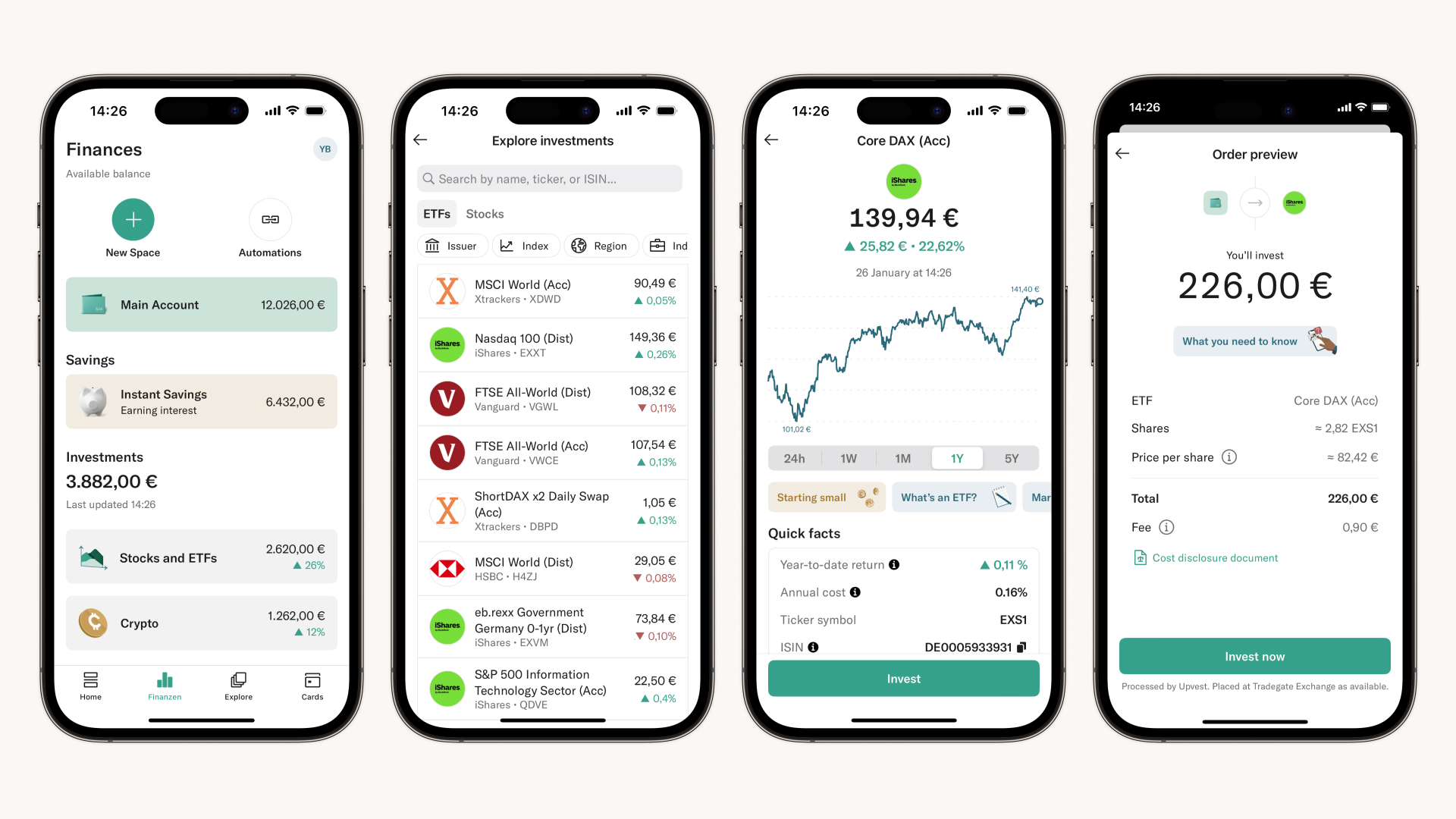
It’s been a little over a day since 11 spot bitcoin ETFs began trading in the U.S., following the SEC’s approval. While there was more initial volume than some expected, some of the approved issuers are taking extra steps to ensure that their product stands out from the pack.
On Thursday, Franklin Templeton’s Franklin Bitcoin ETF ranked sixth among the 11 for first day trading volume at $65.45 million by the end of the day.
But the company wants more. By Friday, the firm lowered its fee from 29 basis points to 19 basis points, making it the lowest post-waiver fee across all the spot bitcoin ETFs, 0.01% lower than Bitwise’s 0.2% fee. (Note: A number of issuers, Franklin included, are waiving fees for a limited time.) The highest fee stands at 1.5% for Grayscale’s Bitcoin Trust.
There’s reason to believe that spot bitcoin ETFs and other related products that may come to market will see strong demand over time, and major investment houses want a piece of the action. “People are waking up to this new type of investment ecosystem,” said Sandy Kaul, head of digital asset and industry advisory services at Franklin Templeton. “We’ve seen a definite expansion of interest from our client base in the past 12 to 18 months.”
The first day of trading saw $2.3 billion worth of trading volume across all the products, Bloomberg senior ETF analyst Eric Balchunas posted on X. An additional preexisting $2.3 billion from Grayscale’s GBTC fund, which converted into a spot bitcoin ETF on Wednesday, brought the 11 issuers’ total to $4.6 billion.
“Long term, I think this will definitely be well over one of our leading products in our $20 billion ETF franchise,” Kaul said. The 77-year-old firm manages over $1.4 trillion in assets under management. “We definitely see this as a major product and we see this as one with a lot of potential to grow. So we’re going to be patient because it’s so new, and many people are still trying to learn about it so it may grow slower than expected, or much faster, we don’t know what will happen.”
https://techcrunch.com/2024/01/10/grayscale-ceo-spot-bitcoin-etf/
“We want to really give investors as many benefits as possible to be able to see the impact this has on their portfolio,” Kaul said. “This is a more expensive product to launch than many other types of ETFs due to custodying — it’s been harder to come up with the right pricing on it.”
But like a game of limbo, many are asking: How low can you go with fees? While seven issuers are offering waived fees for a certain amount of time — or until they hit a certain amount of volume — zero fees are not going to last forever, and some argue that low fees can’t, either.
Considering the backdoor costs of insuring the bitcoin, paying custodians and other expenses, Franklin’s 0.19% fee could be making a dent in overall costs more than profiting. But maybe some of these businesses don’t care about that right now, if it means they can acquire more clients and volume.
“We decided that we have such belief in the long-term growth potential of the product,” Kaul said. “We rather people get the full benefit right away.”
Weighing fees and profits
For the fee-waiving period, Franklin and other issuers will pay the costs for expenses to begin with. “That’s a hard decision when you’re trying to launch a product and make it profitable,” Kaul said.
But not everyone agrees with this move. “I don’t think it helps being in the lower range when you factor in the risk of holding bitcoin in a custodian,” Valkyrie Funds co-founder Steven McClurg told TechCrunch+ this week. “Say insurance is needed in the future on those assets; you won’t be able to buy because your fees are too low.”
As issuers try to gauge the marketplace and its economics, in the short-term, there will be changes in fee structures, Kaul said. But Franklin’s previous trading in bitcoin and other portfolios give it an “advantage,” she said. “This isn’t new for us; we’ve dealt with custody, moving bitcoin in and out. Obviously, if something happened with insurance and the fee didn’t cover it, we’d revisit the fee structure, but we’ve run many ETFs and I don’t think we’d come out with pricing we couldn’t maintain.”
Kaul said she thinks Franklin’s spot bitcoin ETF will be at “break even” when its zero fee waiver conditions expire in August or when it hits $10 billion AUM (assets under management), whichever comes first. She also said the firm anticipates the costs it’s paying today will come down a little bit, giving them more leeway.
“I think this is going to be a slower build product,” Kaul said. “Not all the distribution partners we work with will be able to list it quickly or easily; it might take them six to 12 months to list the fund.”
She’s hopeful, but patient. The first year is all about helping the ETF product’s AUM continue to build, Kaul added. “We waited 10 years to get a spot bitcoin ETF, so we can be patient to watch it grow.”

